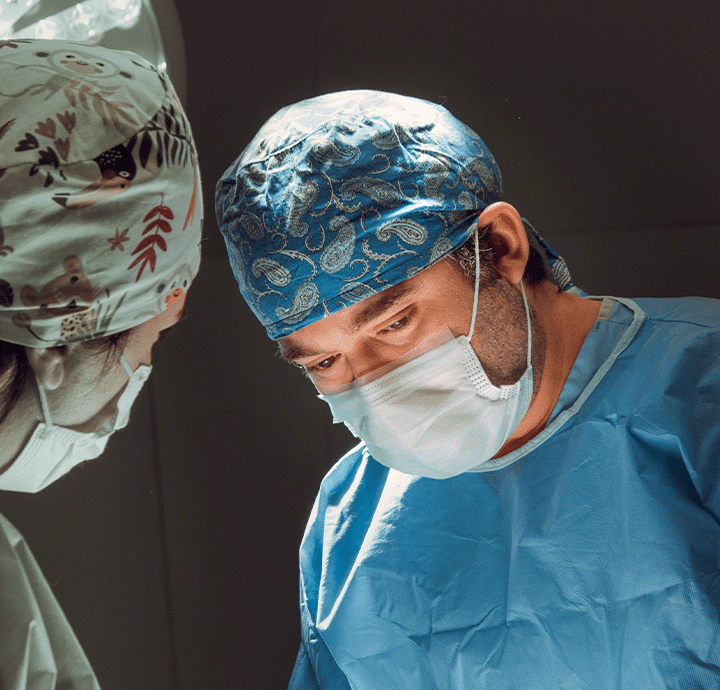
In recent years, Turkey has become a global hub for cosmetic surgery, with rhinoplasty (commonly known as a nose job) leading the list of the most requested procedures. International patients from Europe, the Middle East, and North America are increasingly choosing Istanbul as their top destination for nasal surgery. The reason is clear: high-quality care, experienced surgeons, and affordable prices.
If you’re planning to undergo rhinoplasty in Turkey, it’s essential to understand the process from start to finish. This guide will walk you through every step — before, during, and after surgery — so you can feel informed, prepared, and confident in your decision.
Pre-Surgery Phase: What to Expect Before Your Rhinoplasty in Turkey
1. Online Consultation With Your Surgeon
Most patients begin their journey remotely. Clinics in Turkey, especially those specializing in ethnic rhinoplasty or revision rhinoplasty, offer free or low-cost virtual consultations. You will be asked to:
- Share multiple photos of your nose from different angles
- Describe your breathing or cosmetic concerns
- Submit your medical history or any previous surgeries
This information allows your surgeon to evaluate your nose’s structure and propose a custom treatment plan.
2. Flight and Accommodation Planning
Turkey is known for its seamless medical tourism infrastructure. Most top-rated clinics in Istanbul collaborate with travel coordinators to provide:
- Airport transfer services
- Accommodation in 4 or 5-star hotels
- English-speaking personal hosts or translators
- 24/7 patient care teams
This concierge-level service ensures that international patients feel safe and supported from the moment they land in Turkey.
3. In-Person Consultation and Final Checkups
Once you arrive, you’ll meet your surgeon for a final consultation. This face-to-face meeting includes:
- Digital imaging or 3D nose simulation
- Finalizing surgical techniques (open vs closed rhinoplasty)
- Blood tests and anesthesia evaluation
You will also receive detailed pre-operative instructions, such as:
- Avoid smoking for 2 weeks before surgery
- Discontinue blood-thinning medications
- Fast the night before your procedure
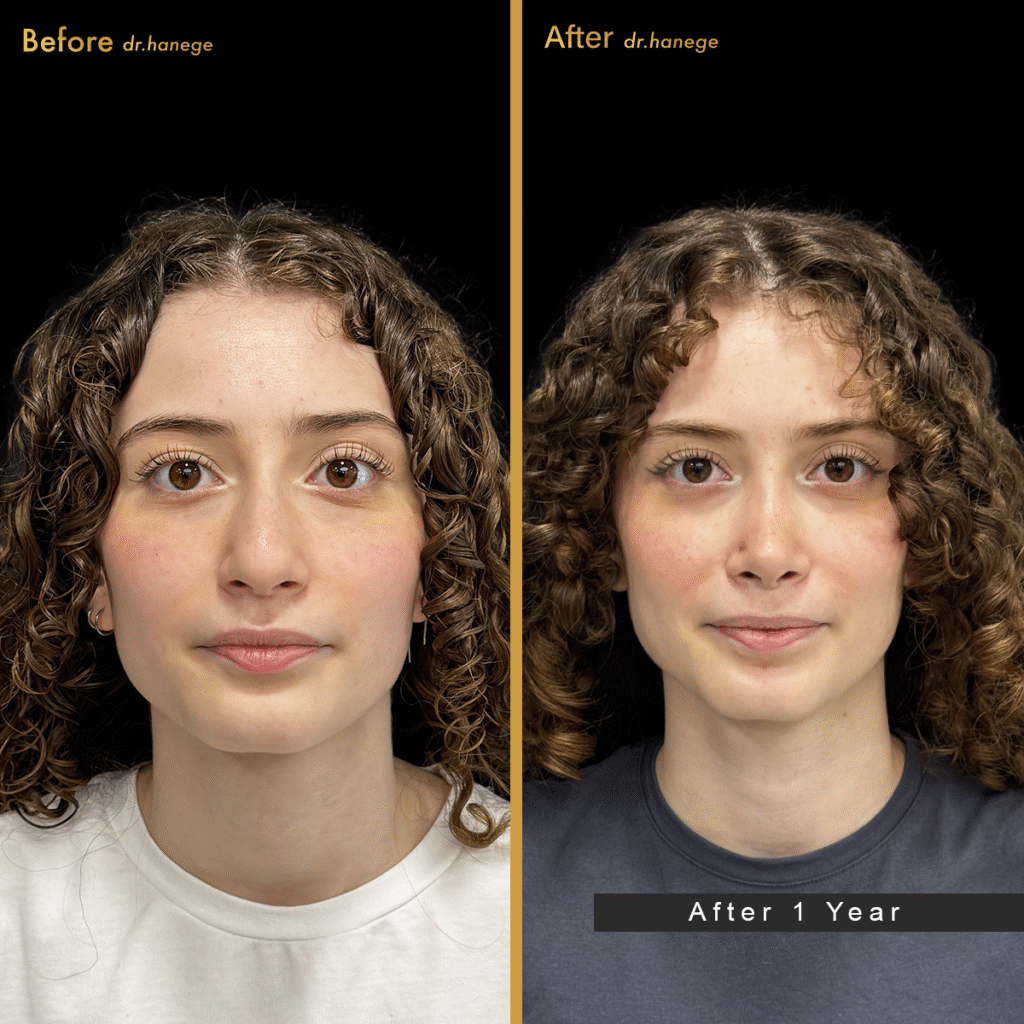
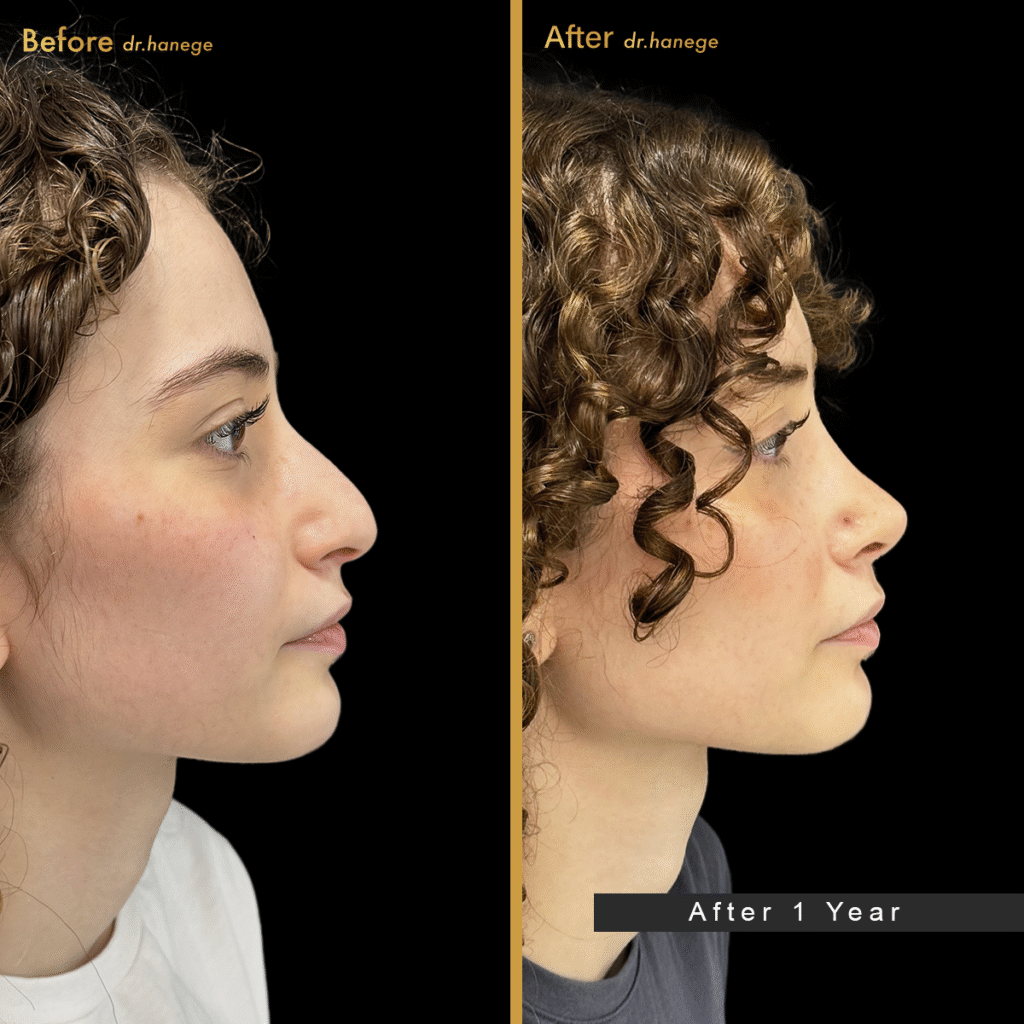
The Day of Surgery: What Happens During Rhinoplasty in Turkey
The day of your surgery typically follows this structure:
1. Hospital Admission and Preparation
You’ll be admitted to a private hospital, where your medical team will prepare you for general anesthesia. Rhinoplasty procedures generally last 2–3 hours, depending on whether it’s primary, ethnic, or revision surgery.
2. Surgical Techniques
Your surgeon may use:
- Open Rhinoplasty – Incision under the columella for greater visibility
- Closed Rhinoplasty – Incisions inside the nostrils with no external scar
- Ultrasonic Rhinoplasty – A modern, less traumatic approach using piezo technology
- Ethnic-Specific Techniques – Designed to preserve ethnic characteristics while refining the nose
Once complete, the nose is bandaged, and a splint is placed to protect the new shape.
Post-Surgery: Recovery and Healing After Rhinoplasty in Turkey
1. The First 3 Days: Rest and Minimal Activity
Post-operative symptoms may include:
- Swelling and bruising around the eyes
- Nasal congestion and mild pain
- Sensitivity to light or headaches
You’ll be advised to:
- Keep your head elevated while sleeping
- Use cold compresses to reduce swelling
- Avoid blowing your nose for 1–2 weeks
Pain is generally mild and controlled with prescribed medications.
2. The First Week: Check-Ups and Splint Removal
You’ll typically visit the clinic 5–7 days after surgery to:
- Remove nasal splint and internal sutures
- Clean and inspect the nose
- Discuss aftercare and long-term healing
Most international patients are ready to fly back home after this appointment, though staying a few extra days is sometimes recommended.
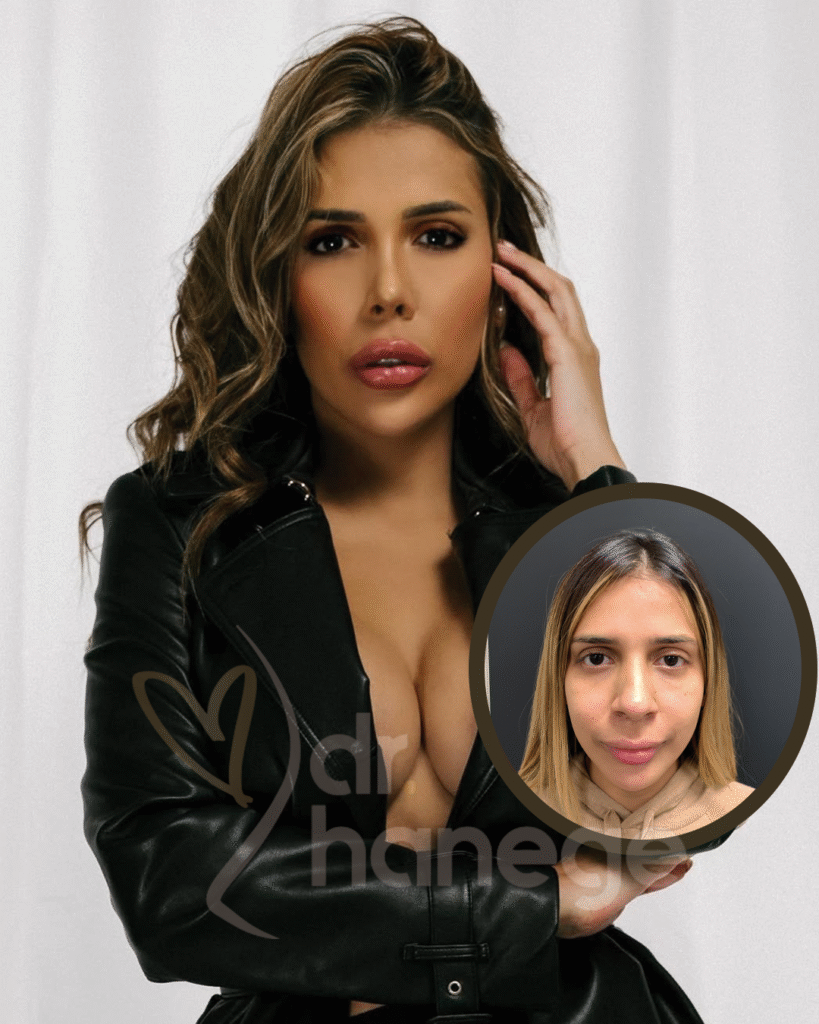
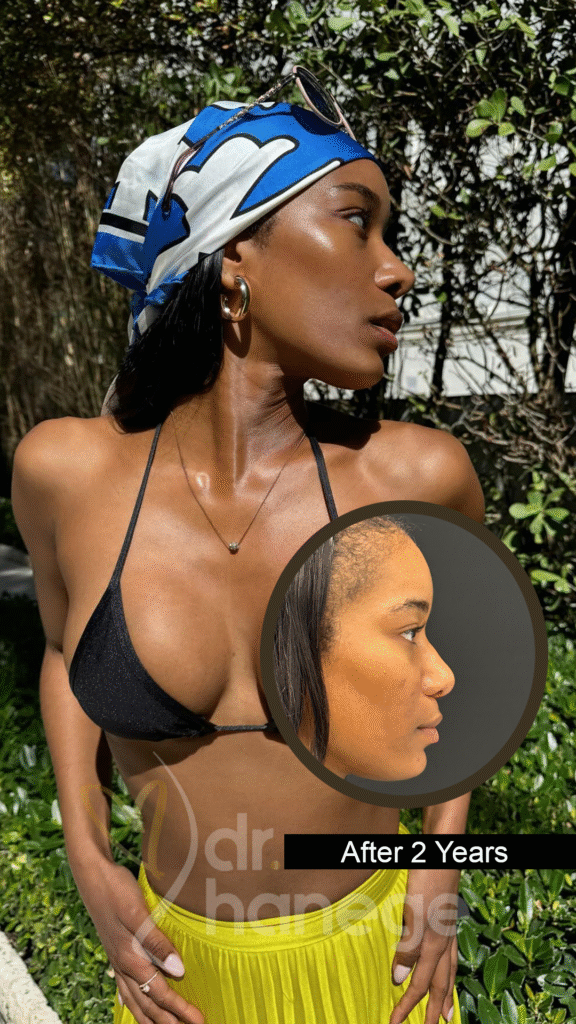
Long-Term Healing: What to Expect in the Months Ahead
Healing from rhinoplasty is a gradual process:
- 1–2 weeks: Most of the visible bruising and swelling subsides
- 1–3 months: Tip of the nose feels less stiff; swelling continues to decrease
- 6–12 months: Final results become fully visible; skin settles around the new structure
Note: If you’ve undergone revision rhinoplasty or have thicker skin (common in Middle Eastern or African-American noses), healing might take slightly longer.
Why So Many Patients Choose Rhinoplasty in Turkey
Turkey’s reputation for excellence in aesthetic surgery is no coincidence. Here are some key reasons why thousands choose rhinoplasty in Istanbul each year:
- ✅ World-renowned surgeons with international training
- ✅ Affordable prices, often 50–70% less than in the US or UK
- ✅ All-in-one medical tourism packages for convenience
- ✅ Multilingual care teams who understand patient needs
- ✅ Expertise in ethnic and revision rhinoplasty
When done by a board-certified surgeon, Turkish rhinoplasty procedures offer safe, natural-looking results tailored to each individual’s face.
Final Thoughts: Ready for Your Rhinoplasty Journey?
If you’re considering a nose job abroad, Turkey is among the best places to undergo rhinoplasty — both for aesthetic enhancement and medical expertise. Understanding the entire process — from consultation to recovery — helps you feel in control and confident in your decision.
At drhanege.com, Assoc. Prof. Dr. Fatih Mehmet Hanege specializes in primary, ethnic, and revision rhinoplasty with a personalized approach for each patient. His clinic in Istanbul offers comprehensive services tailored to international clients.
👉 Contact us today for a free consultation and discover what’s possible with a world-class rhinoplasty experience in Turkey.

